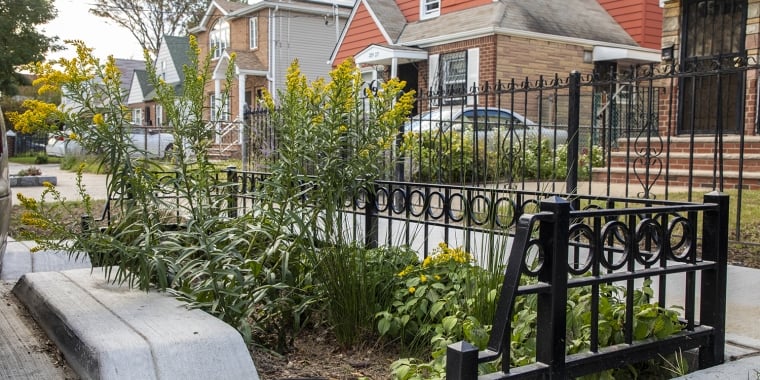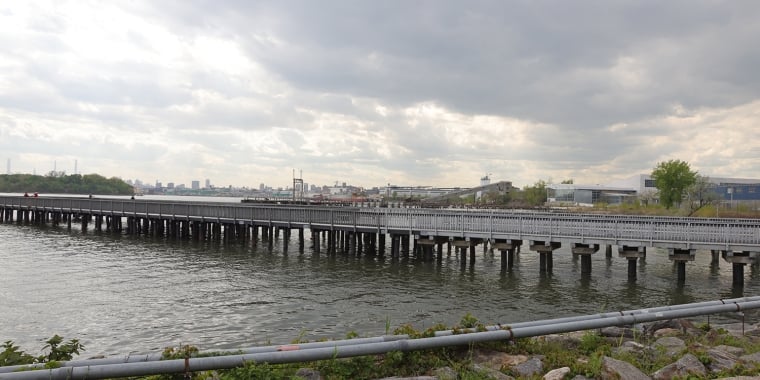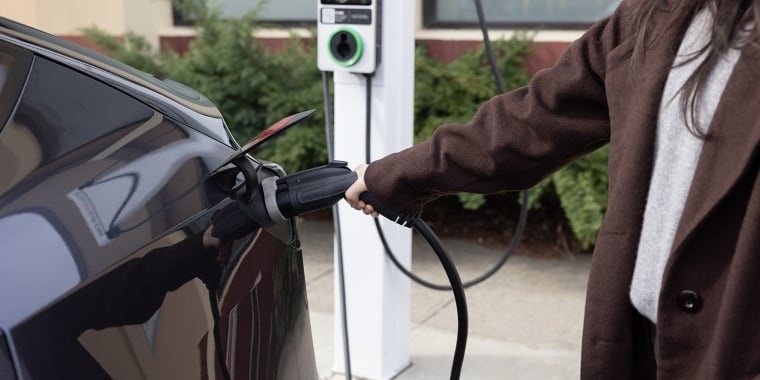Mayor Adams Announces Bold New Vision for Coney Island, Including 1,500 New Units of Mixed-Income Housing, New Investment in Public Realm and Community Amenities
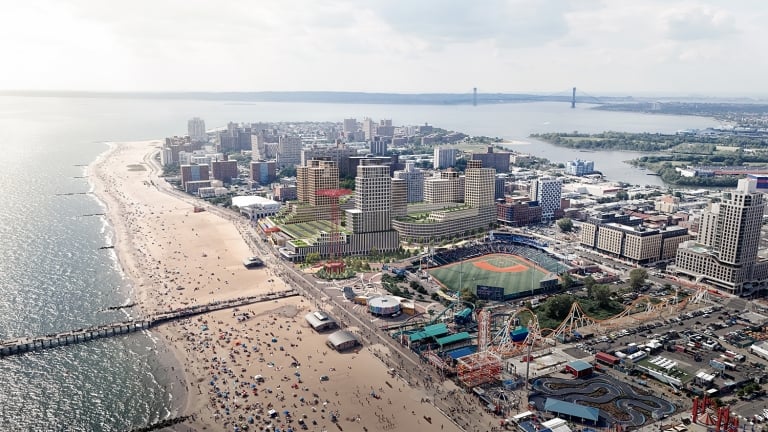
First Announced in Mayor Adams’ Fourth State of the City Address, City Advancing Coney Island West Redevelopment by Releasing RFP for 500+ Unit Mixed-Income Housing Development
Procurement to Begin for $42 Million Renovation of Abe Stark Sports Center with Release of RFQ for Design-Build Team
NEW YORK, NY—New York City Mayor Eric Adams today announced the next phase of an ambitious, bold new vision for Coney Island , Brooklyn that will deliver 1,500 new homes and invest in the reconstruction of the historic Riegelmann Boardwalk. In addition, the city will invest in new streets, sewers, and public realm improvements, including a $42 million renovation of the Abe Stark Sports Center. First announced in Mayor Adams’ fourth State of the City address last month, today’s news builds on the Adams administration’s commitment to advance bold, forward-looking housing projects, like Coney Island West, to make New York City the best, most affordable place to raise a family.
“Coney Island is America’s playground—home to iconic venues and parks, countless small businesses, and a hard-working community. Our administration is advancing a vision to turn this waterfront district into a great place to live, work, and play, contributing to making New York City the best place to raise a family,” said Mayor Adams. “We are delivering mixed-income affordable housing, investing $42 million to renovate Abe Stark Sports Center, and making significant improvements across streets, sewers, and the public realm. Coney Island’s best days still lie ahead, and today, we are starting the next chapter of its bright future.”
“From day one, the Adams administration has been steadfast in its commitment to addressing the housing crisis across all five boroughs,” said First Deputy Mayor Torres-Springer. “Our new vision to transform historic Coney Island builds on more than 15 years of reinvestment by the city and will bring hundreds of affordable homes, along with improvements to community assets and infrastructure. This initiative strengthens our promise to ensure that New Yorkers can raise their families in the world’s greatest city.”
“Coney Island is a historic, one-of-a-kind amusement district that offers fun for all ages, and we are thrilled to transform the area into a place where New Yorkers can live, learn, work, and play year-round,” said New York City Economic Development (NYCEDC) President and CEO Andrew Kimball. “The projects underway in Coney Island West will bring hundreds of new, affordable homes to the community, and it helps deliver on the mayor’s commitment to consider all publicly owned lots for new housing development.”
“As both an iconic summer destination and a vibrant residential neighborhood, Coney Island is an example of how beautiful, well maintained public spaces make our communities more dynamic, livable, and welcoming for all,” said New York City Department of Parks and Recreation Commissioner Sue Donoghue. “These improvements to the iconic Riegelmann Boardwalk and the Abe Stark Sports Center will help ensure that New Yorkers and visitors can enjoy all that Coney Island has to offer for generations to come, reaping all the mental and physical health benefits of time outdoors. By giving New Yorkers the affordable, accessible, and engaging public spaces and recreation options they deserve, we continue to make New York City the best place to raise a family.”
The NYCEDC today released a Request for Proposals (RFP) for “Parcel A,” an 80,000-square foot city-owned site located on Surf Avenue between West 21st and West 22nd Streets, west of the iconic Coney Island Amusement District. The future development of Parcel A will bring more than 500 mixed-income homes—25 percent of which will be affordable—and ground-floor retail to the site. The city is seeking developers who share a vision for inclusive, sustainable growth that honors Coney Island’s rich history and contributes to the neighborhood’s ongoing revitalization.
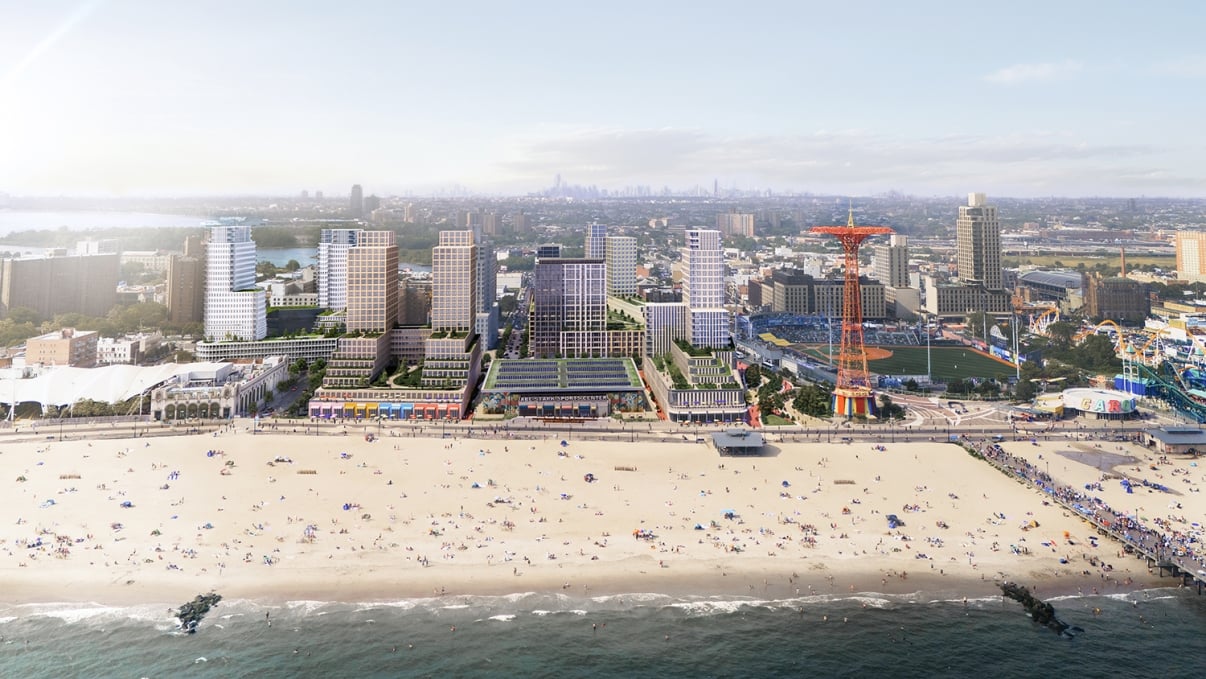
Rendering of Coney Island West, including development of Parcel A housing and
Abe Stark Center renovations. Rendering: ONE Architecture & Urbanism.
To further support the neighborhood’s growth, the city will renovate Abe Stark Sports Center and the world-famous Coney Island boardwalk by enhancing the public realm and building new streets and utilities. The Abe Stark Center renovation will include a new entrance and signage on the boardwalk, improved ice-skating facilities, and other amenities. A Request for Quote (RFQ) has been released for a design-build team to lead the renovation. The boardwalk’s reconstruction will take place in phases and incorporate coastal resilience features, including elevation.
Additionally, the city will advance the development of approximately 1,500 new homes on city-owned sites near the ballpark, boardwalk, and Abe Stark Center, beginning with Parcel A. Development of this area, known as “Coney Island West,” began with the construction of two affordable housing projects — Surf Vets Place and Raven Hall — which opened in 2019 and 2022, respectively. An additional affordable housing project — Luna Green — is currently under construction on the same block and another residential building is in the planning phase. New streets — including Ocean Way and Parachute Way — will accompany development, and ground-floor retail will provide new neighborhood amenities. The result will be a vibrant beachfront district where Coney residents and visitors live, work, and play.
To prepare for extreme weather, the city is actively working to advance a series of shoreline enhancements along Coney Island Creek to protect against rising sea levels and the impacts of climate change. Currently, thanks to a $2.1 million Federal Emergency Management Agency grant, the city is looking to mitigate upland flooding and enhance infrastructure around the creek. This year, Mayor Adams is doubling down on his commitment to build more affordable housing across the five boroughs. In his fourth State of the City address last month, Mayor Adams unveiled the “Manhattan Plan,” which will create 100,000 new homes in the borough, bringing the total number of homes in Manhattan to 1 million over the next decade. Additionally, Mayor Adams and the New York City Department of Housing Preservation and Development (HPD) celebrated a $82 million investment to put homeownership within reach for more New Yorkers by expanding the HomeFirst Down Payment Assistance Program. Finally, the Adams administration has advanced several bold, forward-looking projects, including reimagining Gansevoort Square to build mixed-income housing, building 100 percent affordable housing at the Grand Concourse Library in the Bronx, and kicking off public review on the Midtown South Mixed-Use plan to create nearly 10,000 homes—all follow-up announcements to this year’s State of the City.
Since entering office, Mayor Adams had made historic investments toward creating affordable housing and ensuring more New Yorkers have a place to call home. Last December, Mayor Adams celebrated the passage of “City of Yes for Housing Opportunity,” the most pro-housing proposal in city history that will build 80,000 new homes over 15 years and invest $5 billion towards critical infrastructure updates and housing. In June 2024, City Hall and the New York City Council agreed to an on-time, balanced, and fiscally-responsible $112.4 billion Fiscal Year (FY) 2025 Adopted Budget that invested $2 billion in capital funds across FY25 and FY26 to HPD and the New York City Housing Authority’s capital budgets. In total, the Adams administration has committed $24.5 billion in housing capital in the current 10-year plan as the city faces a generational housing crisis. In July 2024, Mayor Adams announced back-to-back record breaking fiscal years in both creating and connecting New Yorkers to affordable housing. This past spring, the city celebrated the largest 100 percent affordable housing project in 40 years with the Willets Point transformation.
Further, the Adams administration is using every tool available to address the city's housing crisis. Mayor Adams announced multiple new tools, including a $4 million state grant, to help New York City homeowners create accessory dwelling units that will not only help older adults afford to remain in the communities they call home but also help build generational wealth.
Finally, Mayor Adams and members of his administration also successfully advocated for new tools in the 2024 New York state budget that will spur the creation of urgently-needed housing. These tools include a new tax incentive for multifamily rental construction, a tax incentive program to encourage office conversions to create more affordable units, lifting the arbitrary “floor-to-area ratio” cap that held back affordable housing production in certain high-demand areas of the city, and the ability to create a pilot program to legalize and make safe basement apartments.
“The City of New York has touted Coney Island’s amusement and tourism role as America’s Playground since the dawn of time. That’s great! But we need to look out for the people who call Coney Island home 12 months out of the year and not just the visitors in the summertime,” said New York City Councilmember Justin Brannan. “That’s been my message since I started representing Coney Island in the City Council, and that’s why I’m so proud to help announce the Coney Island West RFP. This is the kind of investment it takes to make sure housing is available and truly affordable to the people of and from our community, and that great jobs and shopping are accessible to the people who live and breathe that Coney Island sea breeze every single day. From 500+ new mixed income units to a brand new Abe Stark Sports Center, I’m proud that the work we are beginning today will always prioritize the needs of community over everything else. This is a big win and a great day for the future of Coney Island.”
“Coney Island has long been a symbol of resilience, culture, and community,” said Randy Peers, president, Brooklyn Chamber of Commerce. “With its unique blend of history, entertainment, and innovation, it continues to be a cornerstone of Brooklyn’s identity. The renovation of the historic boardwalk, the upgrades to the Abe Stark Sports Complex, and the introduction of a brand-new mixed-income development will bring new life to this beloved area, blending its rich history with a bright future.”
“I am very excited to see developments in Coney Island that will continue to enhance the area,” said Dennis Vourderis, vice president, Denos Wonder Wheel Park. “Building new housing that will bring more families to the people’s playground is a welcome addition. Much needed infrastructure improvements to the area is fantastic news!”
“The strength and resilience of Coney Island's residents and small businesses is what has driven the public and the private sector to partner, plan and actualize its resurgence as both a must-see attraction for millions of visitors and livable neighborhood for tens of thousands of New Yorkers.” said Daniel Murphy, executive director, The Alliance for Coney Island. “We look forward to continuing to welcome new neighbors and retail businesses to this most famous and friendly New York City waterfront community.
About NYCEDC
New York City Economic Development Corporation is a mission-driven, nonprofit organization that works for a vibrant, inclusive, and globally competitive economy for all New Yorkers. We take a comprehensive approach, through four main strategies: strengthen confidence in NYC as a great place to do business; grow innovative sectors with a focus on equity; build neighborhoods as places to live, learn, work, and play; and deliver sustainable infrastructure for communities and the city's future economy. To learn more about what we do, visit us on Facebook, Twitter, LinkedIn, and Instagram.
